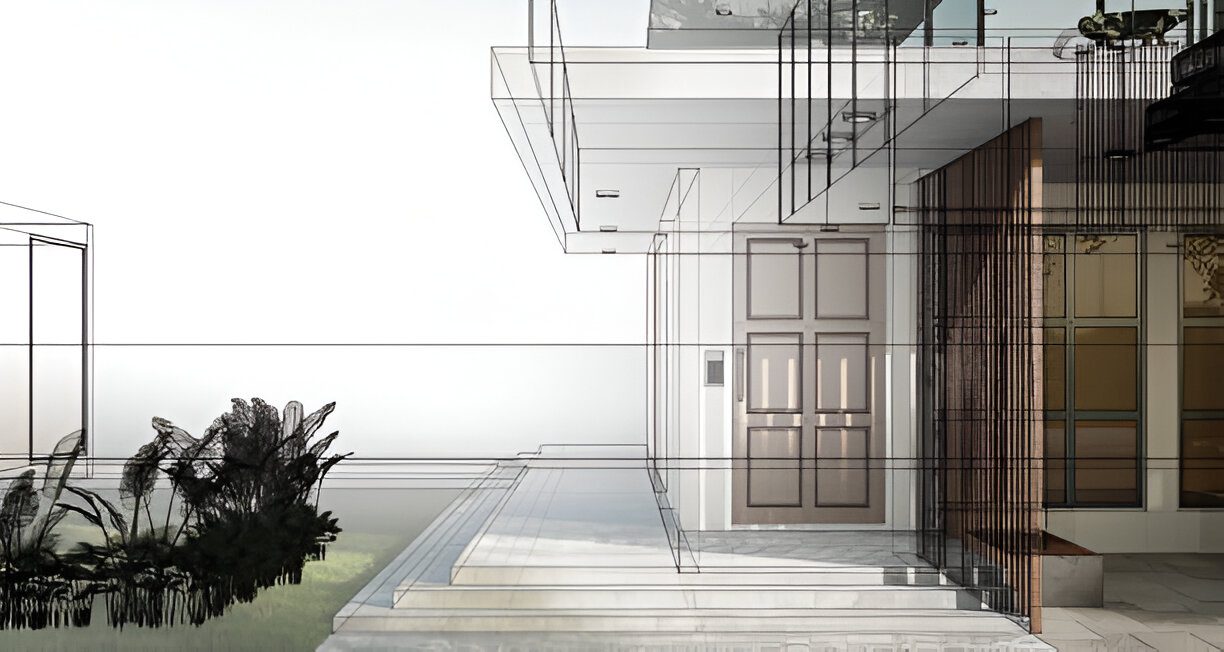
The architecture industry is embracing dynamic storytelling, with architectural animation rendering becoming a vital skill to showcase design concepts in motion. This guide to architectural animation rendering provides a structured approach for beginners and professionals to create engaging, realistic animations that bring projects to life. This process is driven by the demand for immersive client presentations and the need to visualize spatial experiences, making animation a powerful tool. As architects seek to master this technique, exploring architectural animation rendering through a step by step guide offers practical insights to enhance visualization and project communication.
Understanding Animation Fundamentals
Architectural animation rendering begins with understanding basics like frame rates and motion paths. These elements ensure smooth transitions, setting the stage for dynamic visuals. Furthermore, this understanding lays a foundation for effective animation techniques, guiding the initial setup.
Setting Up the 3D Model Base
Building on fundamentals, architectural animation rendering involves setting up a detailed 3D model using software like 3ds Max. This base includes geometry and textures, preparing for animation. Additionally, this setup supports realism, a key aspect of evolving animation skills.
Defining Camera Animation Paths
Defining camera paths is a crucial step in architectural animation rendering, planning movement through the model. Tools like keyframes create smooth fly throughs, enhancing viewer engagement. Moreover, this definition boosts narrative flow, reinforcing the impact of effective animation techniques.
Applying Lighting Dynamics
Lighting dynamics are integrated in architectural animation rendering, adjusting intensity for day night cycles. This creates realistic time-based effects, improving scene depth. Therefore, this application strengthens the foundation of evolving animation skills.
Adding Material Motion Effects
Material motion enhances architectural animation rendering, with animated textures like water flow. This step adds life to renders, captivating audiences. Thus, adding these effects shapes the future of effective animation techniques.
Optimizing Render Settings
Optimizing settings is key in architectural animation rendering, balancing quality and render time. Adjusting resolution and samples ensures smooth playback, saving resources. Consequently, this optimization supports the adoption of evolving animation skills.
Troubleshooting Animation Glitches
Despite progress, architectural animation rendering faces issues like frame drops. Adjusting timelines and testing renders address this, ensuring quality. Therefore, troubleshooting these glitches enhances the reliability of effective animation techniques.
Preparing for Advanced Animation Tools
Looking ahead, architectural animation rendering will evolve with AI-driven motion tracking. This innovation promises automated camera paths, building on current methods. Furthermore, this preparation sets a new standard for evolving animation skills.
Encouraging Client Feedback Loops
Client feedback improves architectural animation rendering, with previews refining the final product. This collaboration enhances alignment with expectations, boosting approval rates. Additionally, this encouragement strengthens the influence of effective animation techniques.
The architecture field is enriched by architectural animation rendering, blending technology with dynamic visualization. This guide highlights the potential for mastering motion design, offering architects a roadmap to enhance their craft. As techniques evolve, they will redefine rendering practices with lasting design impact.
Meet your draft production ally
Learn how our team can assist you with your project and receive a complimentary estimate.

@ 2024 bonarch draft. All RightsReserved.
Sitemap Privacy policy

